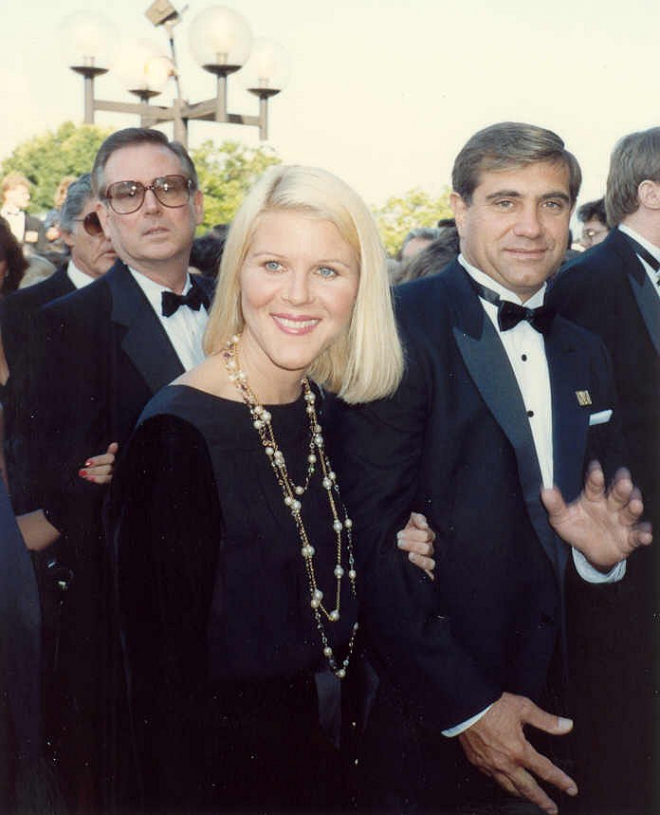Common assumption pertaining to users of dating apps who select potential partners based on little preliminary information is that they are likely to pursue casual romantic relationships. Although we have no data on the nature of the relationship once the users exchanged phone numbers, many users will disclose the type of relationships they desire within the app. Users can select none, one, two or all of the following three options: Casual, Dating, or Relationship. Users whose relationship intentions are aligned have an increased rate of effective matching (Table 7). When both users state they desire a Relationship (understood as a committed relationship) their EMR is 0.20% compared to only 0.13% when only one user states a desire for a relationship. 19% compared to 0.14% when only one person expresses an interest in dating. Those users who are both looking to be Casual have an effective matching rate of 0.15%, which is lower than when both are looking for a Relationship and both are looking for Dating but still higher than the 0.13% EMR when only one person states an interest in being Casual. All differences are significant (p
Spiritual trust could have been an extended-updates point out-of contention to have partners delivering to one another (Blackwell and Lichter, 2004; Mahoney, 2005; Hitsch ainsi que al., 2010). Having said that, common spiritual affiliation can increase the chances of mutual viewpoints and you can hobbies. From inside the an age in which we see an evergrowing deviation out-of believe, one may inquire essential is-it for partners to talk about a comparable religion?
Also, whenever one another county an interest in Dating the fresh new EMR is 0

People who often dont list its religion otherwise haven’t any religious association lead to a giant pond regarding possible matches. Yet not, studying the investigation of users which state their religious affiliations, we see one profiles which display a comparable faith enjoys a keen average 97.5% boost in the EMR (in order to 0.21%) versus people who have combined religions (0.11%; Desk 8). Probability of productive matching for a few folks of a similar religion is as high just like the 0.94% getting Muslims (856.5% possibility more than Muslims and low-Muslim) otherwise only 0.17% getting Catholics (fifty.0% possibility more Catholics and you will low-Catholics). The smaller the city logo throughout the data, the much more likely they were to help you effortlessly suits with people off an equivalent faith. Hindus lead to only 327,911 possible suits within dataset and get 0.61% EMR. Furthermore, Muslims lead to only 3,741 matches that are potential 0.94% EMR. In contrast, Christians has actually 8,558,535 prospective suits and you may 0.20% EMR and you will Jews keeps 8,026,793 potential matches with 0.30% EMR. Notably, such wide variety commonly proportional to your numbers regarding the big people but are aligned that have census research out of younger app pages, mostly for the urban environments. Our dataset really does duration numerous cities and you will venues and you will, correctly, reflects a representative providing of religions and you can governmental viewpoints.
For all religious affiliations, except for Judaism, women of a particular religion had an EMR of 0.13% with men outside their religion. Non-Jewish women were 5.7% more likely to match effectively with men outside their religion than their male counterparts. Jewish women and non-Jewish men had a low EMR of 0.09% (significantly different than the 0.30% Jewish women-men pairing; p
Introverts and you can Extroverts
West countries often stress outbound or extroverted characters (Allik and you may McCrae, 2004; McCrae and Changsha female you may Terracciano, 2005). The general interest that is will lined up with extroversion signifies that extroverts get energy of interesting with others, whereas introverts prefer a whole lot more romantic public relations (Amichai Hamburger and you may Vinitzky, 2010). We examined whether or not users meets really efficiently with folks just who show its number of introversion/extroversion.

- 评论最多
- 最新评论
- 随机文章
- 79级毕业三十周年全体返校聚会和加拿大校友聚会
- 夏季联合郊游纪实
- 列治文山 19Y 2015元旦聚会
- 成立大会表演集锦
- 哈尔滨工程大学助力世界最大发电容量立轴潮流能电站运行
- 热烈祝贺哈尔滨工程大学加拿大校友会成立大会圆满闭幕
- 第六届国际大学生雪雕大赛在哈尔滨工程大学校园拉开帷幕
- 冰雪文化擦亮哈尔滨工程大学育人“名片”
- 哈尔滨工程大学多伦多校友2014年欢度新春佳节
- 渥太华 等待被懂得,且行且珍惜
在 《夏季联合郊游纪实》
船院校友会在加拿大到底有几个分会呀?在 《列治文山 19Y 2015元旦聚会》
有六系的吗? 下次聚会通知一声, 我也在RICHMOND HILL.在 《成立大会表演集锦》
大雷子(聂春雷),露下头,我在找你。徐家宏,微信号:ht771188 ,手机13910212103,徐家宏。在 《79级毕业三十周年全体返校聚会和加拿大校友聚会》
我的电话是416-918-0936在 《79级毕业三十周年全体返校聚会和加拿大校友聚会》
陈家栋师兄,有些问题希望能得到您的意见,如方便的话请给个联系方式,谢谢。在 《热烈祝贺哈尔滨工程大学加拿大校友会成立大会圆满闭幕》
支持一下!在 《哈尔滨工程大学助力世界最大发电容量立轴潮流能电站运行》
船院进步很大啊
- Cum intru pe posesia rotirilor gratuite la Super Ciulin? Întrebări frecvente și proptea
- Real money casino koi princess slot Slots Better twenty-five Best Casino Harbors playing On the web
- Better ten Online slots Gambling enterprises to try out the real deal Money Harbors 2024
- Examine Local casino Internet sites Canada 2024 Playing Sites eye of horus mobile casino Canada
- 10 Finest Texas Web based casinos in the 2024 for real Currency
- Finest Mobile Casinos & Applications inside Canada 2024
- 10 Better Bitcoin & Crypto Gambling enterprises the real deal Money Video game BTC, Dogecoin, Altcoin, and
- Book Of Demi Gods Iv Retorno Deste Slot
- Wie Spielt Man Craps Inoffizieller mitarbeiter mrbit berechnung Spielsaal? Einfach Abgesprochen
- Better 1 Deposit Casinos in the Canada 2024 Minimal Deposits

